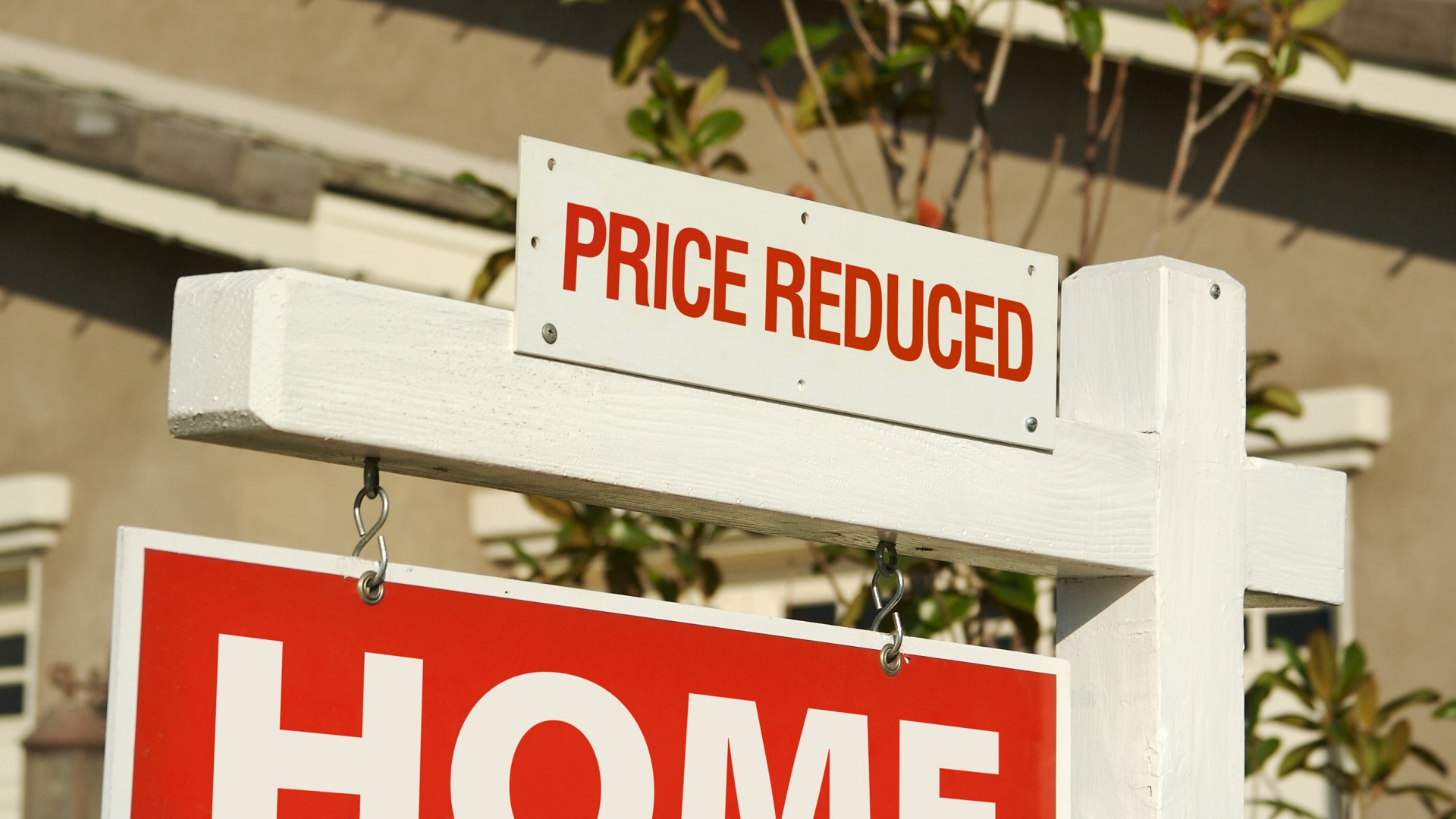
The huge disparity in home prices from state to state can be hard to fully explain. While there are certainly differences in the average cost of living across the country, that isn’t nearly enough to explain the enormous gulf in housing prices that can exist among states.
Check Out: How Much House Does $300K, $400K and $500K Buy You in Every State?
Explore More: 6 Hybrid Vehicles To Stay Away From in Retirement
So what are the factors that drive this tremendous difference in housing prices from state to state? Beyond simple cost-of-living variances, there are a number of geographic, economic and market forces that create this disparity. Here are some of the most important.
Also see whether buying a house will become more affordable in five years.
Supply and Demand
The most obvious driver of home prices is simple supply and demand. Where populations are growing and economic opportunity is booming, prices trend higher. Where the opposite is true, prices tend to fall, or at least remain muted.
West Virginia and Mississippi are beautiful states, but according to Pew Research Center, the population in those states fell in 2024, and future projections see more of the same. That tends to drag down property values, as fewer people are competing for homes.
Read More: The Safest and Richest US Cities To Live in 2025
Economic Opportunity
One of the reasons home prices in California can be off the charts is due to its booming economy. While the state is so huge that it has its own major variations, thriving economic centers like Silicon Valley continue to attract high-paying jobs, which in turn drives up home prices.
Manhattan real estate is the same way. Between the combination of multimillionaires and the large number of high-paying financial and technical jobs, money continually flows through the city, keeping home prices high.
Lifestyle and Amenities
Although this plays into the supply and demand dynamic, areas with greater amenities and lifestyle opportunities have higher home prices.
Southern California, for example, offers a combination of entertainment, activities and scenery to go along with what some people call the best weather in the world. This attracts a large number of buyers who all compete for the limited number of available homes.
Limitations on Building
Texas has a lot to offer prospective residents, but on a statewide basis, it’s also vast and empty. Homebuilders could put up new structures for a long time without coming close to filling up the state’s abundant, open land. With essentially unlimited potential supply, Texas home prices, on an average basis, have something of a lid on them. As a result, the median home price in Texas — even including those in the state’s many pricey, desirable locations — is a relatively affordable $300,079, per Zillow.
Compare this with a state like Colorado, where significant mountain ranges limit the extent to which new homes can be built. This is one of the many reasons the average home value in Colorado is over $541,000, according to Zillow.
Note that the average home value across America, according to Zillow, is $363,505.
The Bottom Line
It’s often said that housing prices are dictated by three things — location, location, location. But what makes certain locations more desirable than others are the other factors on this list. Supply and demand is dictated by everything from geography and economic opportunities to lifestyle, amenities and population trends.
The bottom line is that higher home values exist in places where people want to live and where they are willing and able to pay elevated prices.
More From GOBankingRates
- 9 Costco Items Retirees Need To Buy Ahead of Fall
- Vivian Tu: The Simple Money Rule That Can Keep You Out of Debt
- 7 Luxury SUVs That Will Become Affordable in 2025
- How Much Money Is Needed To Be Considered Middle Class in Your State?
This article originally appeared on GOBankingRates.com: Why Are Housing Prices So Different From State to State?







